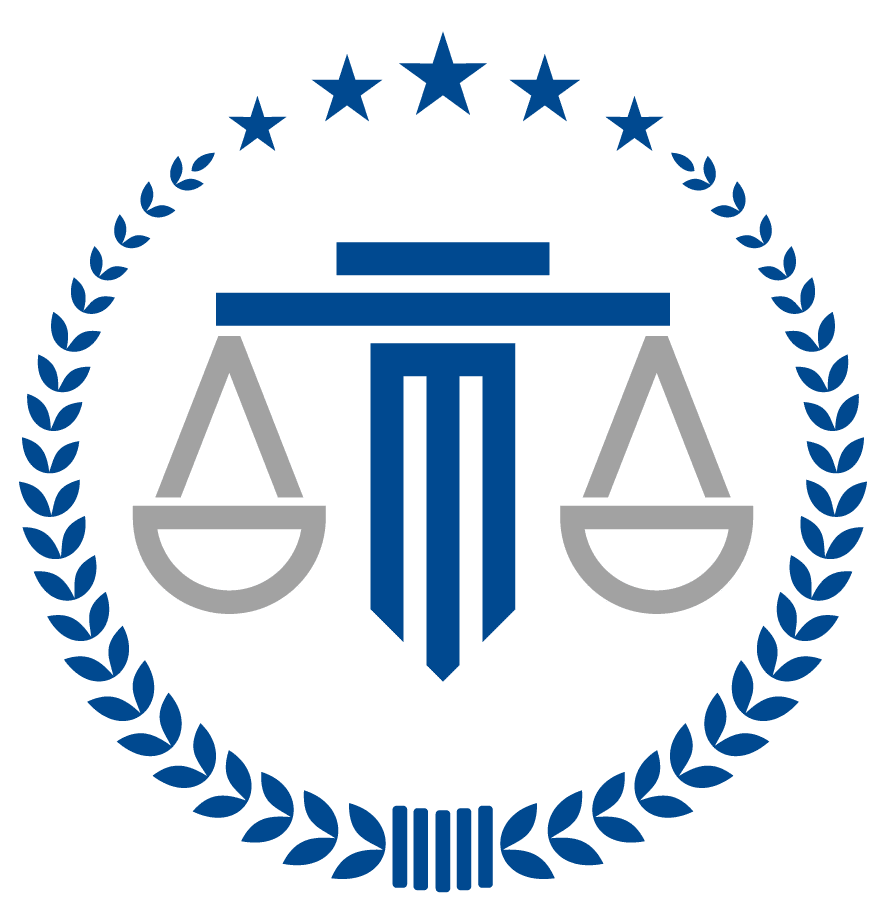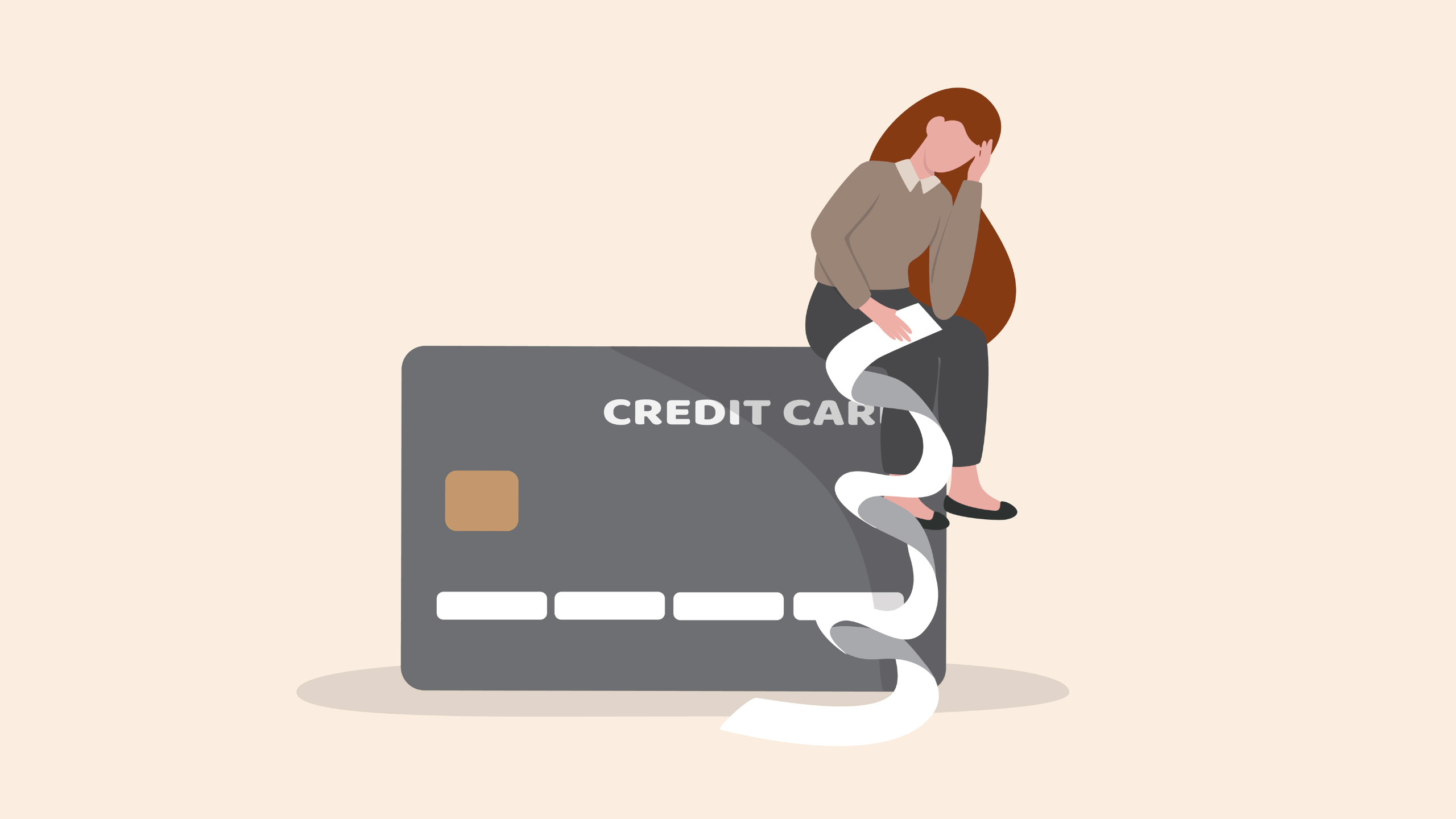10 Powerful Tips for Effective Debt Repair: A Comprehensive Guide to Fixing Your Financial Health
Are you struggling with debt and wondering how to repair your credit effectively? You’re not alone. Many people find themselves in financial difficulty at some point, and the path to debt repair can seem daunting. But fear not! In this detailed guide, we’ll explore 10 powerful tips for effective debt repair that will help you navigate your financial challenges and restore your credit health. Whether you’re dealing with overdue bills, a poor credit score, or just seeking to get your finances back on track, these strategies will provide actionable steps to achieve your goals in debt repair.
1. Understand the Basics of Debt Repair
Before diving into specific techniques, it’s crucial to understand what debt repair entails. Debt repair involves a series of steps designed to address financial issues, improve your credit score, and manage debt more effectively. This process can include:
Evaluating Your Current Financial Situation
To start your debt repair journey, you need to evaluate your financial situation. This involves:
Listing All Debts: Gather information about all your debts, including amounts owed, interest rates, and due dates. This step is fundamental in understanding the scope of your debt repair needs. Create a comprehensive list to get a clear picture of your total debt.
Example: Suppose you have credit card debt totaling $5,000, a student loan of $15,000, and a personal loan of $8,000. Listing these out helps you see the total amount you owe and prioritize repayment strategies.
Assessing Your Income and Expenses: Track your monthly income and expenditures. This helps you see if you’re living beyond your means and where you can adjust your budget for effective debt repair.
Example: If you earn $3,500 a month and spend $3,200, you have a $300 surplus that can be allocated towards debt repayment.
Identifying Financial Goals: Set clear, achievable goals for your debt repair process. These goals should include both short-term targets, like paying off one debt, and long-term objectives, like improving your credit score.
Example: Short-term goal: Pay off the $1,000 balance on your credit card. Long-term goal: Improve your credit score from 620 to 700 over the next year.
Developing a Budget
A well-structured budget is crucial for debt repair. It helps you manage your finances and make steady progress in debt repair. Here’s how to create a budget that supports your debt repair efforts:
Track Your Spending: Use budgeting tools or apps to keep track of your spending. Knowing where your money goes each month is essential for effective debt repair.
Tool Suggestion: Apps like Mint or YNAB (You Need A Budget) can help you categorize your expenses and see where you can cut back.
Create a Spending Plan: Allocate a portion of your income towards debt repayment. Prioritize high-interest debts to reduce the overall amount you owe.
Example Plan:
- Rent: $1,200
- Groceries: $300
- Utilities: $150
- Debt Repayment: $400
- Savings: $200
- Miscellaneous: $250
Review and Adjust Regularly: Your budget should be a living document. Review it regularly and adjust as needed to stay on track with your debt repair plan.
Tip: Set a monthly reminder to review your budget and adjust for any changes in income or expenses.
2. Create a Realistic Budget
Creating a budget is one of the most effective ways to repair your credit. A realistic budget helps you manage your finances, avoid new debt, and make steady progress in debt repair. Here’s a more detailed breakdown of how to create and maintain an effective budget:
Analyze Your Income and Expenses
To create a budget, you need to understand your financial situation. Analyze your income sources and regular expenses:
Income: Include all sources of income such as salary, freelance work, and any side hustles.
Example: Monthly income from a full-time job is $3,000, and side hustle earnings add $500. Total monthly income is $3,500.
Expenses: Track both fixed expenses (rent, utilities) and variable expenses (groceries, entertainment). This analysis helps you see where adjustments can be made for debt repair.
Example: Fixed expenses total $1,700 (rent + utilities), and variable expenses total $800 (groceries + entertainment).
Set Up a Debt Repayment Plan
A key part of budgeting for debt repair is setting up a plan for repaying your debts:
Snowball Method: Focus on paying off your smallest debt first while making minimum payments on larger debts. Once the smallest debt is cleared, move on to the next smallest debt.
Example: Pay off a $500 credit card debt first, then move on to a $2,000 loan, and finally tackle a $5,000 student loan.
Avalanche Method: Pay off debts with the highest interest rates first. This method can save you money on interest in the long run.
Example: Focus on paying off a credit card with a 20% interest rate before tackling a loan with a 10% interest rate.
Monitor Your Progress
Regularly review your budget to ensure you’re staying on track:
Monthly Reviews: Check your budget against actual spending to identify any discrepancies.
Example: If you overspent on dining out, adjust the budget for the following month to cover this overspending.
Adjust as Needed: If you find you’re overspending, make adjustments to stay on course with your debt repair goals.
Tip: Look for ways to reduce expenses, like cooking at home instead of dining out.
3. Review Your Credit Report Regularly
Your credit report is a critical tool in the debt repair process. Regular reviews help you stay informed about your credit standing and identify areas for improvement. Here’s a detailed look at why and how you should review your credit report:
Why Review Your Credit Report?
Regularly reviewing your credit report helps you:
Identify Errors: Mistakes on your credit report can negatively impact your credit score. By checking your report regularly, you can spot and dispute these errors.
Example: If your report shows a late payment that you actually paid on time, you can dispute it for debt repair.
Track Your Credit Score: Monitoring your credit score helps you gauge the effectiveness of your debt repair efforts.
Tip: Use services like Credit Karma or Annual Credit Report to get free updates on your credit score.
Understand Your Credit History: A detailed review of your credit report gives you insights into your credit history and areas needing improvement.
Example: If you see that old debts are still on your report, you might need to send a pay for delete letter to remove them.
How to Review Your Credit Report
Follow these steps to effectively review your credit report:
Obtain a Copy of Your Credit Report: You can get a free copy of your credit report from the three major credit bureaus: Equifax, Experian, and TransUnion.
Resource: Visit AnnualCreditReport.com to request your free credit reports.
Check for Accuracy: Review each section of your credit report for inaccuracies. Pay attention to account statuses, late payments, and personal information.
Tip: Make note of any discrepancies you find to address during the debt repair process.
Dispute Errors: If you find errors, file a dispute with the credit bureau to have them corrected. Use a 609 dispute letter to request removal of inaccurate items.
Example Letter: “Dear [Credit Bureau], I am requesting the removal of the following errors from my credit report. Please find attached documentation supporting my claim. Sincerely, [Your Name]”.
4. Negotiate with Creditors
Negotiating with creditors can be a powerful strategy in debt repair. By effectively negotiating, you can potentially reduce your debt burden and improve your credit standing. Here’s a detailed look at how to negotiate with creditors:
Ways to Negotiate with Creditors
Here are some effective negotiation strategies for debt repair:
Request a Lower Interest Rate: Contact your creditors and request a lower interest rate on your loans and credit cards. A lower interest rate reduces your monthly payments and helps you pay off debt faster.
Example Script: “Hello, I am seeking to lower the interest rate on my account due to my current financial situation. I have been a loyal customer and would appreciate any assistance you can provide.”
Settle for a Lower Amount: Offer to pay a lump sum amount that is less than the full balance due. Creditors might accept this as a settlement to clear the debt.
Example Offer: “I am able to pay $1,500 as a settlement for my $2,000 debt. I would like to request that the remaining balance be forgiven.”
Request a Payment Plan: If you can’t pay off your debt in a lump sum, request a manageable payment plan.
Example Request: “I would like to set up a payment plan for my debt. Can we agree on a monthly payment that fits within my budget?”
Tips for Successful Negotiations
To increase your chances of successful negotiations:
Be Polite and Professional: Approach your creditors in a courteous manner to foster a positive outcome.
Prepare Your Case: Have documentation ready to support your request, such as proof of income or financial hardship.
Get Agreements in Writing: Ensure any agreements made are documented in writing to avoid misunderstandings.
5. Utilize Professional Debt Repair Services
Sometimes, working with a professional service is the best way to achieve effective debt repair. Here’s a deeper look at the types of professional services available and what to look for in a provider:
Types of Debt Repair Services
Different types of professional services can assist with debt repair:
Credit Counseling Services: These services offer guidance on budgeting, debt management plans, and credit education.
Example: Services like the National Foundation for Credit Counseling (NFCC) provide free or low-cost credit counseling.
Debt Settlement Companies: These companies negotiate with creditors to reduce the total amount of debt owed.
Example: Companies like Freedom Debt Relief offer debt settlement services for a fee.
Credit Repair Companies: These companies help you identify and dispute inaccuracies on your credit report.
Example: Credit repair companies like Lexington Law specialize in challenging credit report errors and improving your credit score.
Choosing the Right Professional Service
When selecting a professional for debt repair, consider these factors:
Reputation and Reviews: Research the company’s reputation through online reviews and ratings.
Tip: Check Trustpilot for customer reviews and ratings of credit repair services.
Services Offered: Ensure the company offers comprehensive services for credit repair.
Example: Look for services that include credit report analysis, dispute resolution, and credit score improvement.
Fees and Costs: Be aware of the fees charged for their services. Compare costs to find a company that offers good value for debt repair.
Example: Compare monthly fees, service charges, and any additional costs associated with the service.
6. Consider DIY Credit Repair Techniques
If you prefer to manage your debt repair efforts yourself, there are several DIY techniques you can use. Here are some effective methods:
How to Repair Your Credit on Your Own
Here are practical steps for DIY debt repair:
Request Your Credit Reports: Obtain free credit reports from the major bureaus and review them for errors.
Tool: Use AnnualCreditReport.com for free credit reports.
Dispute Inaccuracies: Use a 609 dispute letter to challenge inaccuracies on your credit report.
Example Letter:
Dear [Credit Bureau],I am requesting the removal of the following inaccuracies from my credit report. Please find attached documentation supporting my claim.
Sincerely,
[Your Name]Negotiate Settlements: Reach out to creditors to negotiate settlements or payment plans.
Example Request: “I would like to offer a settlement for my outstanding balance. Can we agree on a lower amount to clear this debt?”
Develop a Payment Plan: Create a budget and stick to it, prioritizing debt repayment and minimizing new debt.
Tool: Budgeting apps like Mint or YNAB can help you develop and track your payment plan.
Benefits of DIY Credit Repair
DIY credit repair offers several advantages:
Cost Savings: Managing your credit repair efforts can save you money compared to hiring a professional service.
Full Control: You have complete control over the debt repair process, allowing you to make decisions that best suit your needs.
7. Explore Credit Repair Options for Specific Situations
Different debt repair situations require different approaches. Here’s a look at specific credit repair options:
How to Get a Repo Off Your Credit
If you have a repossession on your credit report, you can take these steps to address it:
Negotiate with the Lender: Request that the repossession be removed from your credit report in exchange for payment.
Example Negotiation: “I would like to discuss the possibility of removing the repossession from my credit report in exchange for settling the outstanding balance.”
Seek Legal Advice: Consult with a legal expert to explore your options for challenging the repossession.
Tip: Look for attorneys who specialize in debt repair and consumer rights.
How to Remove Timeshare Foreclosure from Your Credit Report
For timeshare foreclosures, consider these strategies:
Negotiate with the Timeshare Company: Attempt to negotiate the removal of the foreclosure from your credit report.
Example Request: “Can we discuss the possibility of removing the foreclosure from my credit report in exchange for resolving the outstanding balance?”
Seek Legal Counsel: Get legal advice on how to address the foreclosure and improve your credit.
Tip: Look for legal experts specializing in credit repair and timeshare issues.
What to Do About Closed Accounts on Your Credit Report
To manage closed accounts:
Request Removal: Contact the creditor to request that the closed accounts be removed from your credit report.
Example Request: “I would like to request the removal of this closed account from my credit report. Please review and let me know if this can be done.”
Check for Accuracy: Ensure that the information about the closed accounts is accurate.
Tip: Verify that the account status and details are correct before requesting removal.
8. Understand the Impact of Debt Repair on Your Credit Score
Understanding how debt repair affects your credit score is crucial for making informed financial decisions. Here’s a detailed look at the relationship between debt repair and your credit score:
How Debt Repair Affects Your Credit Score
Effective debt repair can lead to:
Improved Credit Score: Successful debt repair efforts can lead to an increase in your credit score.
Example: Paying off a credit card balance and reducing your credit utilization can improve your credit score.
Better Credit Terms: A higher credit score can help you qualify for better interest rates and loan terms.
Example: A higher credit score might qualify you for a lower mortgage interest rate.
Long-Term Financial Benefits: Improving your credit score through debt repair can lead to better financial opportunities in the future.
Tip: Use your improved credit score to negotiate better terms for future loans.
Tips for Maintaining a Good Credit Score
To maintain a good credit score after debt repair:
Make Timely Payments: Continue to make payments on time.
Example: Set up automatic payments for bills to ensure you never miss a due date.
Keep Credit Utilization Low: Avoid maxing out your credit cards.
Tip: Aim to use less than 30% of your available credit limit.
Monitor Your Credit Regularly: Keep an eye on your credit reports and scores.
Tool: Regularly check your credit score using free resources like Credit Karma.
9. Seek Help for Special Credit Situations
Certain credit situations require specialized help. Here’s how to address them:
Loan Shark Loans
If you have taken out a loan from a loan shark, consider these options:
Seek Legal Assistance: Contact a legal professional to explore your options for dealing with illegal lenders.
Tip: Look for organizations that provide free legal assistance for debt repair.
Report to Authorities: Report loan shark activities to the appropriate authorities.
Resource: Report to the Federal Trade Commission (FTC) or your local consumer protection agency.
Credit Repair Services for Free
For those looking for free credit repair, there are several resources available:
Free Credit Reports: Obtain free credit reports from the major credit bureaus.
Resource: Visit AnnualCreditReport.com for your free credit reports.
Online Resources: Use free online tools and resources for debt repair and credit management.
Tool: Websites like Credit.com offer free credit monitoring and educational resources.
10. Explore Advanced Strategies for Debt Repair
As you progress in your debt repair efforts, you might want to explore advanced strategies to enhance your financial health:
Utilize a Credit Rating Calculator
A credit rating calculator can help you estimate how your debt repair efforts will impact your credit score.
Online Tools: Use online calculators to see how changes to your debt levels and payment patterns will affect your credit score.
Example Tool: CreditScore.com offers tools to estimate your credit score based on various scenarios.
Learn About CPNs (Credit Privacy Numbers)
A CPN can be used as an alternative to your Social Security Number for certain financial transactions.
Understanding CPNs: Learn about the legality and potential benefits of using a CPN.
Note: Be cautious as some CPN services might be scams.


